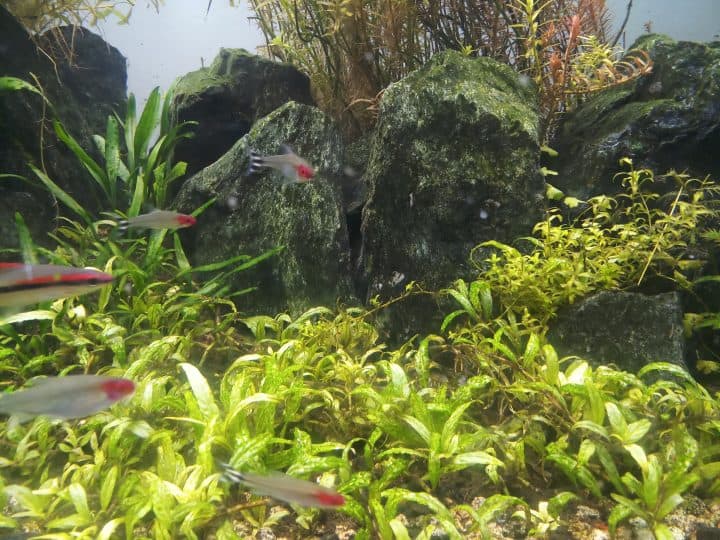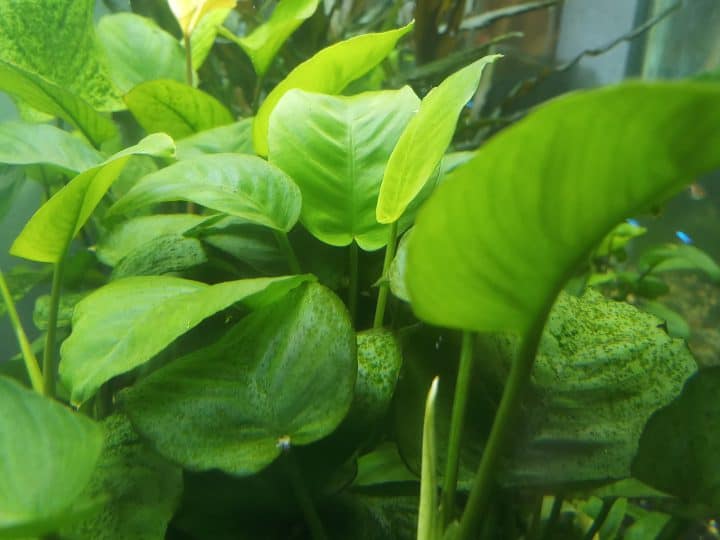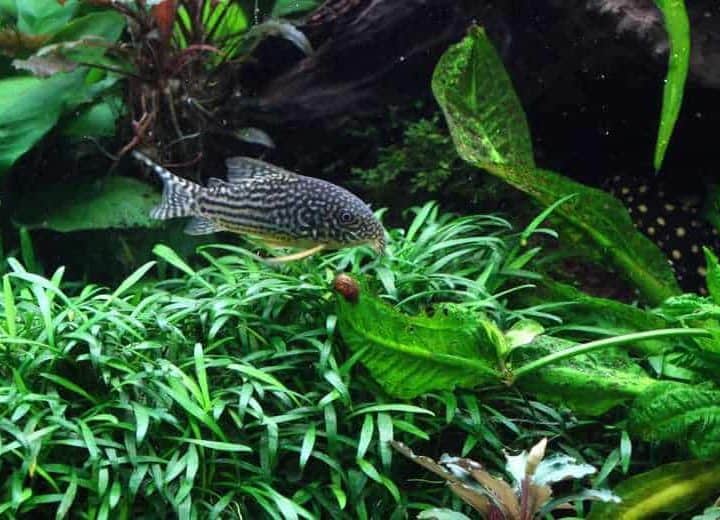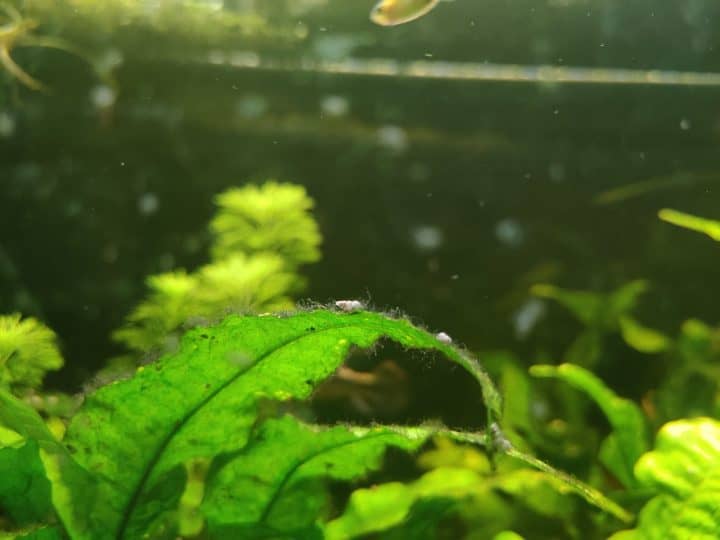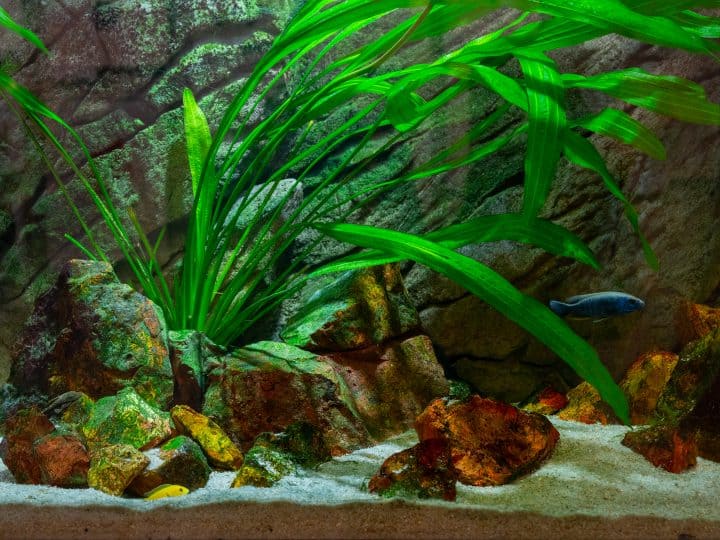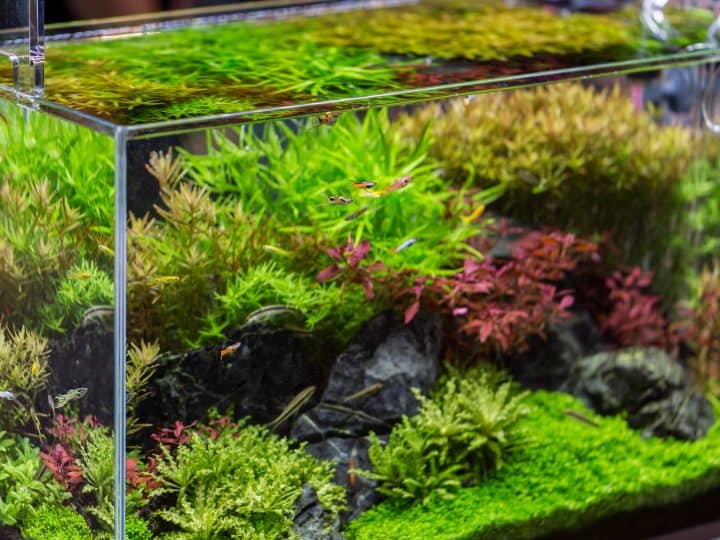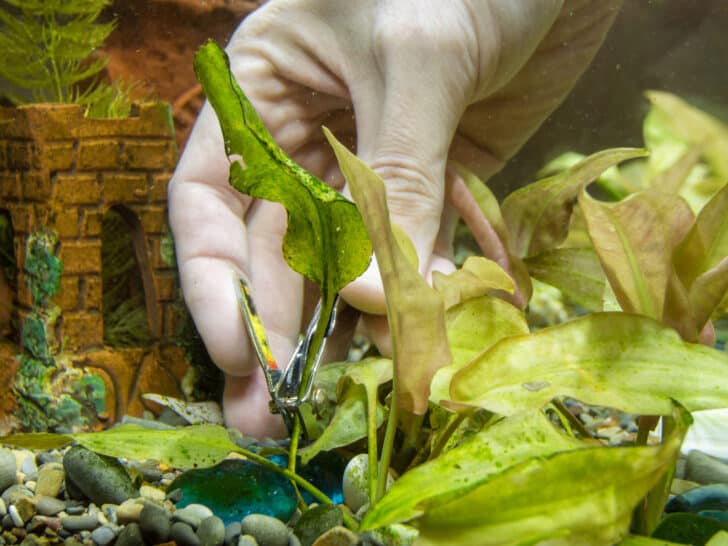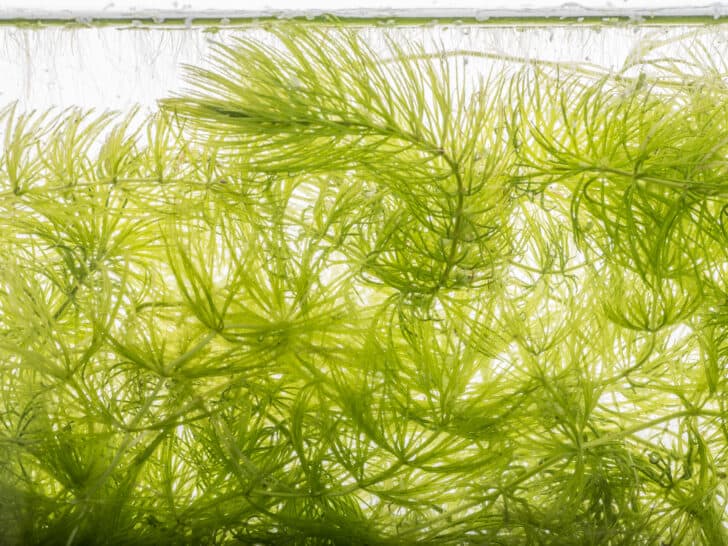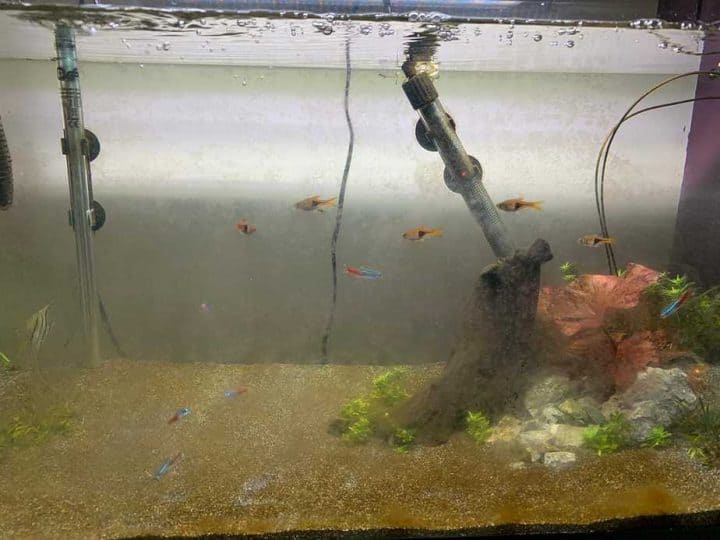One of the more difficult aspects of having an aquarium is keeping your aquarium plants alive. If that’s something you have trouble with, then you’re in the right place.
Quick Answer
To revive your dying aquarium plants, ensure that they get appropriate lighting levels, the right amounts and kinds of nutrients, increase the carbon dioxide levels in the tank, improve or change the water parameters, and make sure that the tank mates are suitable for the plants.
Even though your plants might have seen better days, don’t give up just yet, because with the five tips I’m about to discuss below, you should be able to revive those dying plants.
1. Adjust Lighting Levels
One of the main causes of aquarium plants not thriving is a lack of light. If you notice that your aquarium plants are stretching themselves out to try and get closer to the lights, leaving the stems very thin and weak, this is a telltale sign that they aren’t getting enough light.
You’ll notice that the plants look thin and fragile, they may flop over, not grow as quickly as they should, and they may not be very bright or colorful.
If this is the case, you’ll want to increase the amount of light exposure that your plants get. Remember that plants need light that mimics sunlight. Light is required for plants to engage in photosynthesis, which is how they convert their food sources into energy, and ultimately grow and stay alive.
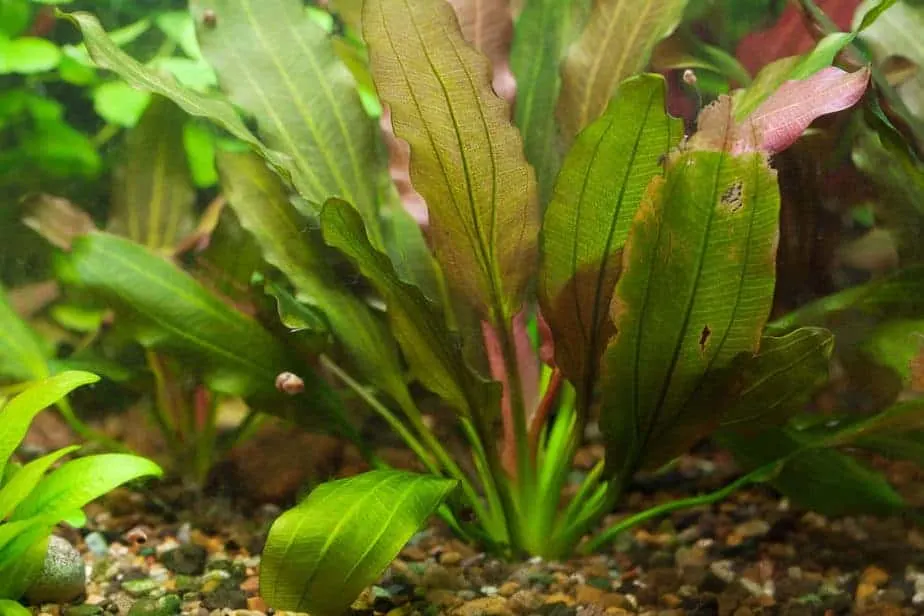
However, keep in mind that too much light is also not a good thing. If you have plenty of light in your aquarium, and your plants look like they are turning yellow or brown, that they have stunted growth, or rotting or shriveled leaves, they may be getting too much light. If you think this is the case, try turning down the lights or getting weaker lights and see what happens.
Check out this page for more info:
- Will Aquarium Plants Grow Under LED Lights?
- How Many Hours of Light do Aquarium Plants Need Per Day?
2. Adjust Nutrient Levels
As I’ve discovered over the years, another leading cause of aquarium plants dying or at least not growing properly, is a lack of nutrients. If you notice that your plants are small and stunted, particularly when it comes to the new growth, and that there is less plant tissue in general, it could be a sign of a nutrient deficiency.
There may be very limited new growth on your plants, and what little growth there is, may be shriveled, pale, discolored, and much smaller than usual. These are all telltale signs that your plants aren’t getting enough nutrients.
Some of the most important nutrients here are nitrogen, phosphorus, magnesium, potassium, and calcium. If you think that a nutrient deficiency might be to blame, try giving your aquarium plants a bit of specialized aquarium plant fertilizer.
However, just like with lighting, there is also such a thing as too many nutrients. If you notice that your aquarium plants are suffering from stunted growth and almost look like they are burnt, they could be suffering from a nutrient overload, otherwise known as nutrient burn.
If this is the case, you’ll need to maintain your aquarium better, replace the filter media or increase filtration capabilities, and engage in regular water changes to remove those excess nutrients.
Here are some useful guides that might help you further:
- Do Aquarium Plants Need Fertilizer
- Why Your Aquarium Plants Have Holes and How To Fix It
- Why Do Aquarium Plants Look Dusty and How To Fix This
- Why Your Aquarium Plants are Turning Brown and What To Do
3. Increase Carbon Dioxide Levels
Carbon dioxide is something that all plants need to survive, just like we humans require oxygen. If your plants appear to be very stunted, there isn’t much new growth, and they look somewhat pale, a lack of carbon dioxide might be the problem.
You can always get yourself a testing kit to see how much carbon dioxide is in your aquarium water. Aquarium plants generally require anywhere between 10 milligrams and 35 milligrams of carbon dioxide per liter of water.
If you notice that your aquarium water is on the lower end of the spectrum here, the simple solution is to add some CO2 into the tank using a specialized CO2 injection system.
These posts might help you:
4. Adjust the Water Parameters – Temperature & pH
Stunted growth, pale colors, and wilting leaves may all be signs that your water parameters are not ideal for the plants in question. This can mean that the temperature is not right, and that the acidity is too high or too low.
Therefore, you first want to do some research in terms of the ideal temperatures for your aquarium plants, and then compare that to the actual temperature in your aquarium. A good aquarium thermometer like this one should be a big help. If you see that the temperature range is not ideal for your plants, you need to either heat or cool the water.
The same can be said for the pH level or acidity. Do some research to see what the ideal pH level for the plants in question is like, and then compare that to the pH level in water.
5. Make Sure Plants and Tankmates are Compatible
Finally, if you see your fish eating your plants, then the issue is very obvious. The solution here is to begin with the right plants in the first place. Make sure that your fish aren’t going to eat your plants, which is something you can do a bit of research on.
How to Revive Dying Aquarium Plants
Unfortunately, as I’ve discovered over the years, aquarium plants are almost harder to keep alive than the fish. If your aquarium plants are dying, it could be due to a number of reasons, and as I can tell you from firsthand experience, it may take a bit of trial and error to figure out what the problem is.
One of the first things I can recommend is to check to see if your aquarium plants are getting enough light. All plants require light to perform what is known as photosynthesis, which in essence means converting food sources into energy to stay alive. Without enough light, plants can’t survive.
If this does not work, your next course of action is to make sure that your plants are getting enough fertilizer and nutrients. Various nutrients such as nitrogen, phosphorus, potassium, and others, are required for aquarium plants to flourish.
Without getting too scientific about it, another thing that plants of all kinds absolutely need is carbon dioxide. Simply put, carbon dioxide is for plants as oxygen is for human beings. If your aquarium plants are dying it could be because they aren’t getting enough CO2, which means that the simple solution is to increase the amount of CO2 available in the aquarium.
As someone who lives in a part of the world where the climate can differ greatly from one month to another, I can also tell you that temperature plays a large role here. Some aquarium plants need it warmer or cooler than others, so this is something you need to account for. As far as water parameters are concerned, the pH level is something else you might want to pay attention to as well, as some plants like it more acidic than others.
Something else you might experience is that your fish don’t always like your plants, or sometimes like them way too much. More than once have I discovered my fish munching on the plants, which effectively kills them, especially if they can’t grow back fast enough. What it all comes down to here is starting with the right plants, and making sure that the fish you have in the aquarium are suitable tank mates for those plants.
Final Thoughts on Saving Dying Aquarium Plants
I’ve provided you with five awesome tips on how to save your dying aquarium plants. If you follow them all in a step-by-step manner, and you start as soon as you notice that your aquarium plants aren’t doing very well, you should be able to save most of them.

